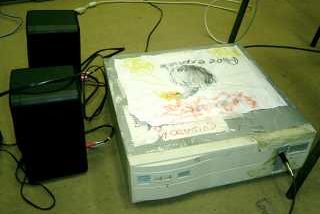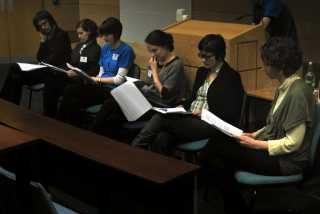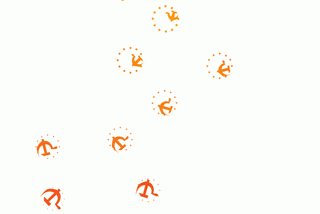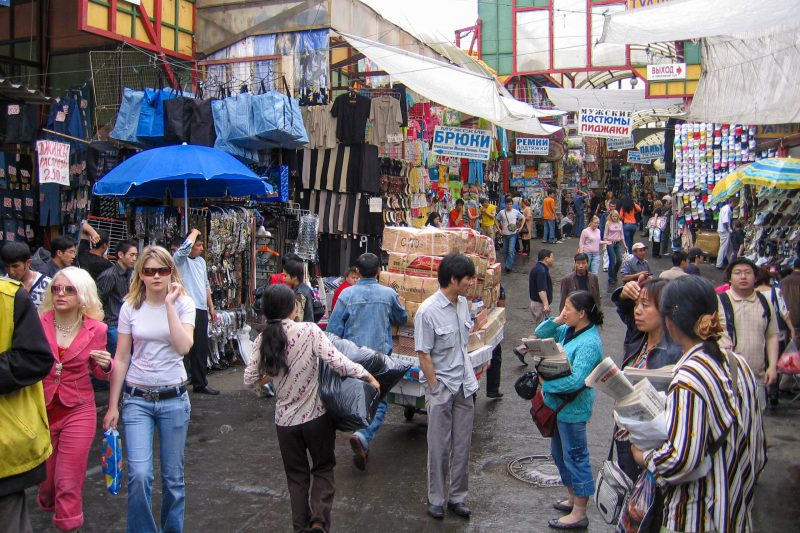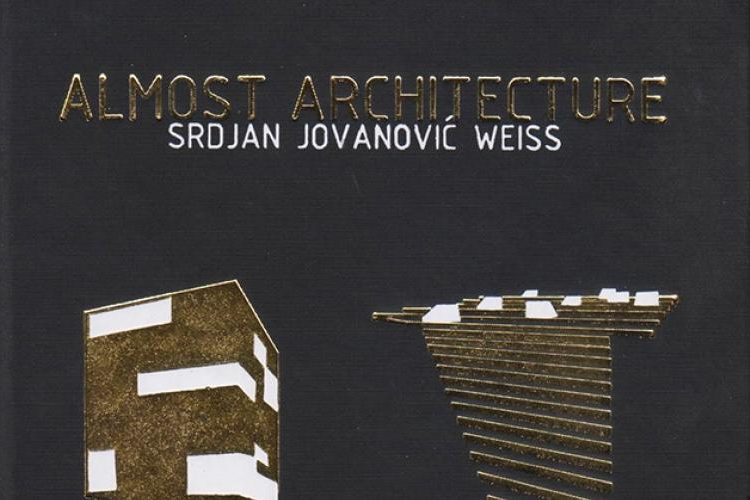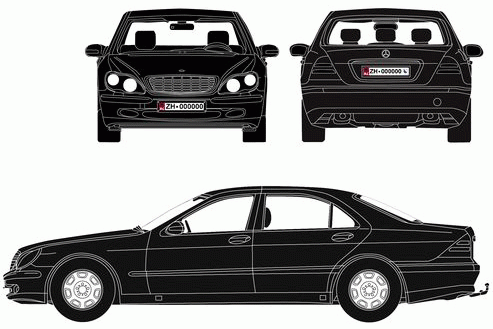- Celine Condorelli
TRAVELLING LEXICON towards a global positioning system
Initiative
Initiatives are first step, the first of a series of actions. An initiative is an enterprise, it relies on the readiness to embark on bold new ventures. In some political contexts, initiative is a form of direct democracy, a system allowing an immediacy of the decision making process.
Embodiment
“The problem of embodiment bears on a history which has two aspects, the first one being that it understands architecture as an application. Applied philosophy, applied engineering, applied sociology, applied art, applied technology…. and that history is always the history along which one also finds that architecture is defective. There is a long history of configuring architecture as a defective discipline precisely because of the inabilities of embodiment that accrue to understanding the discipline as an application. There’s a constant notion of some kind of defect that architecture has, and it generally has this defect because it’s unable to fulfil its goal as an application.”
Jeff Kipnis at the Politics of Space conference, AA 1993
Promise
The architectural project is unable to fulfil its promise and fails to provide an image – the building always falls short of a real solution, and it does not manage to make things right, or at least not according to the projected image of the client, the realisation of which he needed the architect for. If we think of an architectural project as answering some kind of lack or need, it needs to fulfil this brief as a mission, as a duty.
The ideal of the needed project, of the needed architect, is based on the notion that there was something missing before he came along, and that architecture is able to fix the problem, set the situation straight and fulfil, as if the context had a gaping hole already in the shape of its solution.
This is the architecture of first aid, aimed at solving immediate and very tangible problems, it is about realising what is possible, and therefore can only be a process of achievement, a development of an existing model, and never innovative or radical.
Imagination
Nietzsche actually is the one philosopher who doesn’t think of architecture as an applied act, but as a form of political imagination. So the role of the architect in Nietzsche is someone who is engaged in physicalising imagination.
What are the implications of thinking architecture as a form of political imagination? As some way of imagining the transformations of context, the organization of emergent social arrangements and the construction of new institutional forms? Whether or not this imagination is actually effectuated is not as important as the politics of its imaginative affect.
Supplement
What is the site of a project? Its context? Where does the project take place?
A site is discursive, and a context is made up of invisible and visible structures, forms, topographies, networks, rules and regulations, all of them in a constant process of negotiation, which is taking place at the scale of the individual and at the scale of government.
If architecture does not occupy a void, then it is additional to an existing context. An architectural project, any project, inhabits a site as a supplementary element and becomes part of this context by engaging in one way or another in this process of negotiation. The added element forces a reconfiguration of existing relationships between pre-existing elements, be they physical or social, political or economical.
Desire
“The project cannot take place if one cannot find a place, and architectural form (and by this I mean not a shape but a functional form, like you could say the form of the Architectural Association) for which it bears resemblance to what might be thought in it. What this means, is that until now there has been no building for something like this, this particular architecture does not exist yet and perhaps never will. There is a formless desire for another form, the desire for a new location, new arcades, new ways of living and thinking. If it does not exist as architecture yet it might also mean that the community it requires does not exist yet and therefore the place for it to happen needs to be configured and designed. A community must accept the commitment and work so that architectural thinking takes place, so that new relationships between the individual and the community, in the community as well between themselves can emerge. This is about places were desire can live.”
Jacques Derrida, from an interview with Paul Rabinow
Adjustment
By entering the discursivity of a site, the project forces a rearrangement of the existing elements between themselves, reconfiguring their relationships and creating new ones. This is not about representation but action, and architecture does, produces something, and even if subtly, allows us to behave differently in our environments. This is about active citizenship, the politicization of inhabitants at different scales. The creative empowerment of the self-organized project is not, therefore, about independence, or placing oneself in an external position, but on the contrary is about the establishment of new unavoidable relationships with, and an entry into the institutions that shape the environment, through interdependence.
Support
I would like to to look at spatial practices as a form of support, and their production as that of a condition, the condition of ‘being supported’. Architecture is able to support a political institution, but it cannot take control over it, it doesn’t determine it. It just causes the material, spatial, organisational differentiation which might contain and allow a political dimention, it can support that condition, but it is all the other institutions that actually establish the political space.
Support does not offer a resolution but the possibility for many to occur; its gift is not one of solving a problem but of articulating further implications for a specific situation, multiple consequences and the ability to produce different possible narratives, thesis and situations.
Temporariness
The appearance of temporariness is a means of resistance to the occurrence of a solution, it pushes the predictability of a frozen outcome away by stretching its own weakness, therefore allowing a state of possibility to further remain open.
Invisibility
The project which actively engages with social and political realities inherently contains a large invisible part, which is however essential to its functioning, and is effective in the possibilities it articulates.
Dependency
Entering into a project, be it self-organised or participatory, is never about independence. Sometimes about emancipation but that is a different thing. Support allows us to think towards becoming, as an individual, a project, an event. Support is discursive, it is a specific mediation between objects, subjects and context both visible and invisible; it is about establishing relationships of dependency and inter-dependency (not togetherness, this is not about an us, a demos, an ideal of a single community) towards further complexification of the public realm.
Performance
The question of support is one of performance, and its territory requires a navigation through what it does rather than what it is. So that the project, the spatial project is about the opening of a territory for complex and fleeting concerns to take place, like pleasure and ownership, engagement and emancipation, social interaction and mobility. The question to ask for its assessment is not whether or not it does perform but how, and how well? How sustainable and operational are the relationships established by a project?

